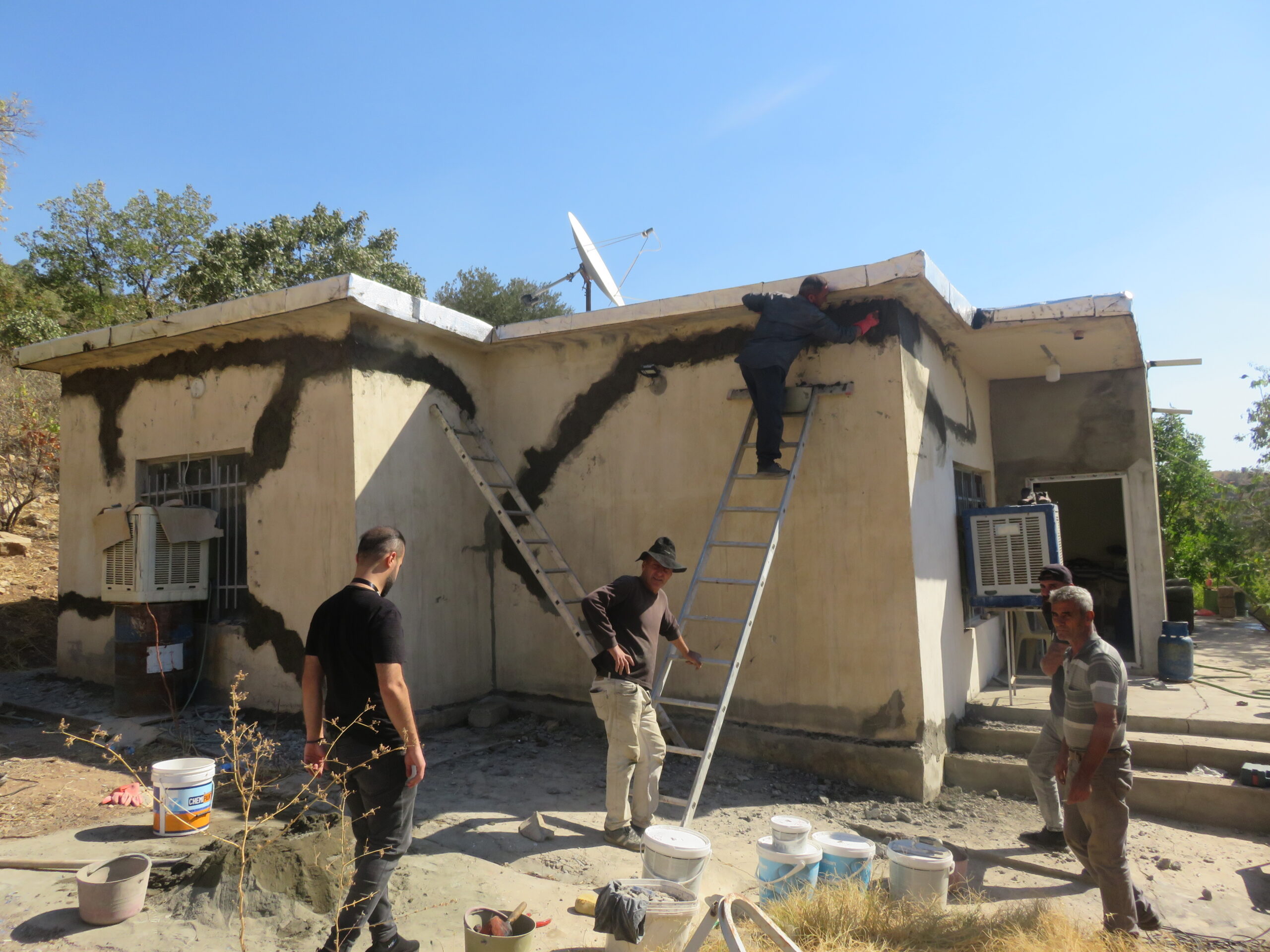Project Location
Sapna Region – Amadiya District – Duhok Governorate

The rehabilitation of houses that were constructed between the years 2005-2006 is one of the important projects that have been implemented in the Christian villages of Dohuk within the district of Amadiya, and the village of Jumbur, as the people who live in those villages suffer from many problems related to their housing and do not have the ability to maintain their homes and make them habitable, so CAPNI emergency program with the kind support of the Bavarian Lutheran Church in Germany, worked to rehabilitate the houses to preserve the dignity of their residents and protect them from hard climatic impact, such as rain and snow.
The rehabilitation of 63 family houses helps 63 families to live in their home with adequate health conditions and will give them a durable solution and stable living conditions that will lead to the development of their livelihoods in all economic and living aspects, and this emergency response and such support for the most needy families in the targeted areas will protect their right to live in dignity, as well as give them the opportunity to live in ideal health conditions by providing them with ideal housing and this will give them confidence in their future life in the motherland.